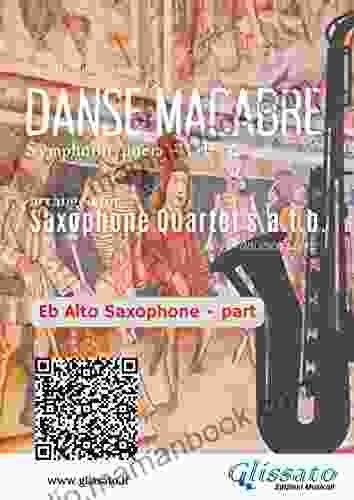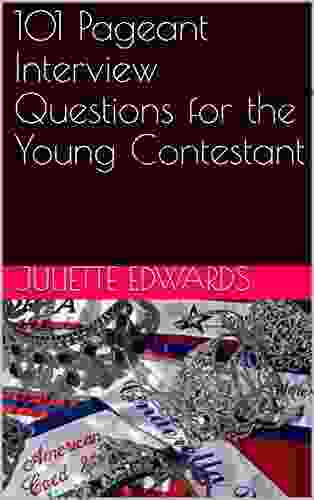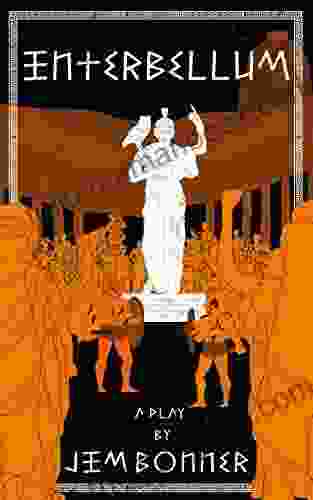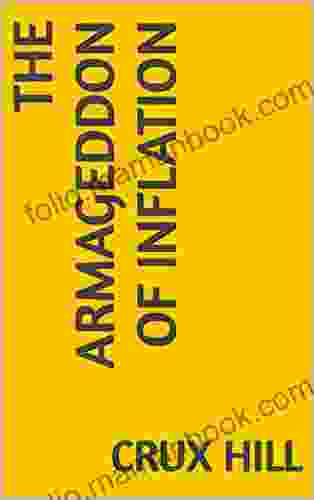Unveiling the Enchanting Allure of Danse Macabre for Saxophone Quartet

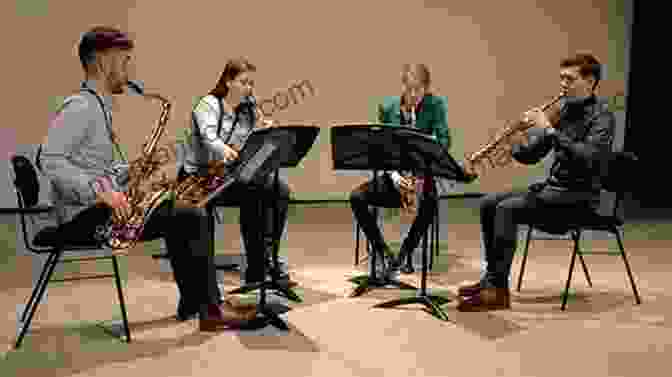
A Musical Journey Through the Macabre
Danse Macabre, the captivating composition by Camille Saint-Saëns, has captivated audiences for over a century with its haunting melody and evocative depiction of the dance of death. In its arrangement for saxophone quartet, this enchanting work takes on a new dimension, its haunting themes and vibrant instrumentation intertwining to create an unforgettable musical experience.
5 out of 5
| Language | : | English |
| File size | : | 7386 KB |
| Screen Reader | : | Supported |
| Print length | : | 56 pages |
The Genesis of a Masterpiece
Danse Macabre was conceived in 1874 during a visit by Saint-Saëns to the Church of Saint-Julien-le-Pauvre in Paris. As he stumbled upon a skeleton playing a fiddle in a fresco depicting the Dance of Death, inspiration struck. The composer, known for his mastery of orchestration, immediately sketched out the main themes of the piece, which he would later develop into a full-fledged composition.
A Symphonic Dance with a Difference
Danse Macabre is not a traditional dance in the strictest sense but rather a symphonic poem that evokes the atmosphere and imagery of the medieval Dance of Death. This allegorical representation, common in the art of the time, depicted Death inviting all people, regardless of their station or rank, to dance with him, a poignant reminder of the inevitability of death and the transience of life.
The Saxophone Quartet's Unique Interpretation
In the hands of a skilled saxophone quartet, Danse Macabre takes on a new character. The ensemble's instrumentation, which typically consists of soprano, alto, tenor, and baritone saxophones, lends a warm and expressive quality to the piece. The soprano saxophone's soaring melodies capture the ethereal nature of the dance, while the alto and tenor saxophones provide depth and richness to the harmonies. The baritone saxophone, with its sonorous bassline, adds weight and gravitas to the proceedings, grounding the composition in a tangible, physical realm.
Exploring the Structure of Danse Macabre
Danse Macabre follows a loose ternary structure, beginning with a haunting that sets the eerie atmosphere. The first theme, introduced by the soprano saxophone, is a lyrical and haunting melody that represents the dance of Death himself. The second theme, presented by the alto saxophone, is more buoyant and optimistic, suggesting the brief respite from the dance that mortals experience in life.
The middle section of the piece, marked by a change in tempo and key, depicts the whirlwind of the dance as Death leads his followers to the grave. The saxophones intertwine and chase each other in a frenzied and chaotic fashion, conveying the frantic and ultimately futile attempt to escape fate.
The piece culminates in a return to the opening material, but this time, the mood is more somber and reflective. The dance has run its course, and all that remains is the chilling realization of mortality. The music fades into a whisper, leaving the listener with a lasting sense of wonder and awe at the inexorable power of Death.
The Interpretive Challenges of Danse Macabre
To fully realize the potential of Danse Macabre, a saxophone quartet must possess a high level of technical proficiency and musical sensitivity. The piece demands precise intonation, smooth transitions, and a deep understanding of the underlying rhythmic and harmonic structures. Additionally, the musicians must be able to convey the emotional depth of the work, capturing the haunting atmosphere, macabre humor, and profound message that lie at its core.
Danse Macabre in Modern Performance
Danse Macabre remains a popular choice for saxophone quartets around the world. Its enduring appeal stems from its ability to transport listeners to a realm of mystery and intrigue, where the boundaries between life and death, joy and despair, blur. Modern performances of the piece often explore new interpretative possibilities, incorporating elements of jazz, contemporary music, and even improvisation into the mix.
The Legacy of Danse Macabre
Danse Macabre has had a profound impact on music history, inspiring countless arrangements and adaptations. It has been featured in films, television shows, and video games, further solidifying its place as a cultural icon. The piece's timeless appeal lies in its ability to speak to universal themes of mortality, inevitability, and the search for meaning in the face of adversity.
Danse Macabre for Saxophone Quartet stands as a testament to the power of music to evoke strong emotions and provoke deep contemplation. Through its haunting melody, evocative instrumentation, and profound message, this captivating work continues to enchant and inspire audiences of all ages, serving as a timeless reminder of the intertwined nature of life and death.
5 out of 5
| Language | : | English |
| File size | : | 7386 KB |
| Screen Reader | : | Supported |
| Print length | : | 56 pages |
Do you want to contribute by writing guest posts on this blog?
Please contact us and send us a resume of previous articles that you have written.
 Top Book
Top Book Novel
Novel Fiction
Fiction Nonfiction
Nonfiction Literature
Literature Paperback
Paperback Hardcover
Hardcover E-book
E-book Audiobook
Audiobook Bestseller
Bestseller Classic
Classic Mystery
Mystery Thriller
Thriller Romance
Romance Fantasy
Fantasy Science Fiction
Science Fiction Biography
Biography Memoir
Memoir Autobiography
Autobiography Poetry
Poetry Drama
Drama Historical Fiction
Historical Fiction Self-help
Self-help Young Adult
Young Adult Childrens Books
Childrens Books Graphic Novel
Graphic Novel Anthology
Anthology Series
Series Encyclopedia
Encyclopedia Reference
Reference Guidebook
Guidebook Textbook
Textbook Workbook
Workbook Journal
Journal Diary
Diary Manuscript
Manuscript Folio
Folio Pulp Fiction
Pulp Fiction Short Stories
Short Stories Fairy Tales
Fairy Tales Fables
Fables Mythology
Mythology Philosophy
Philosophy Religion
Religion Spirituality
Spirituality Essays
Essays Critique
Critique Commentary
Commentary Glossary
Glossary Bibliography
Bibliography Index
Index Table of Contents
Table of Contents Preface
Preface Introduction
Introduction Foreword
Foreword Afterword
Afterword Appendices
Appendices Annotations
Annotations Footnotes
Footnotes Epilogue
Epilogue Prologue
Prologue Alan E Fruzzetti
Alan E Fruzzetti Donna Leon
Donna Leon Gayle Van Horn
Gayle Van Horn Djordje Savanovic
Djordje Savanovic Jean Coppock Staeheli
Jean Coppock Staeheli Leon Stevens
Leon Stevens Elizabeth Young
Elizabeth Young Vicki S Napper
Vicki S Napper Nina Mingya Powles
Nina Mingya Powles Jeffrey S Bachman
Jeffrey S Bachman Shawn A Tassone
Shawn A Tassone Stella Tartsinis
Stella Tartsinis Vinoth Kubrick
Vinoth Kubrick Cindy Horn
Cindy Horn Michael R Fletcher
Michael R Fletcher Ulf Schiewe
Ulf Schiewe Laura Andersen
Laura Andersen Rose Mclarney
Rose Mclarney Simone Mueller
Simone Mueller Ryozo Himino
Ryozo Himino
Light bulbAdvertise smarter! Our strategic ad space ensures maximum exposure. Reserve your spot today!
 Chris ColemanFollow ·5.4k
Chris ColemanFollow ·5.4k Tom ClancyFollow ·19.9k
Tom ClancyFollow ·19.9k Dakota PowellFollow ·18.8k
Dakota PowellFollow ·18.8k Robin PowellFollow ·5.8k
Robin PowellFollow ·5.8k Herbert CoxFollow ·13.3k
Herbert CoxFollow ·13.3k Jeremy MitchellFollow ·12.9k
Jeremy MitchellFollow ·12.9k Vincent MitchellFollow ·16.6k
Vincent MitchellFollow ·16.6k Steven HayesFollow ·15.2k
Steven HayesFollow ·15.2k

 Dean Cox
Dean CoxHow to Make Decisions Easily & Effortlessly: The...
The Different Types of Decisions There...

 Gustavo Cox
Gustavo CoxThe End of World War II and the Birth of Baseball's...
The end of...
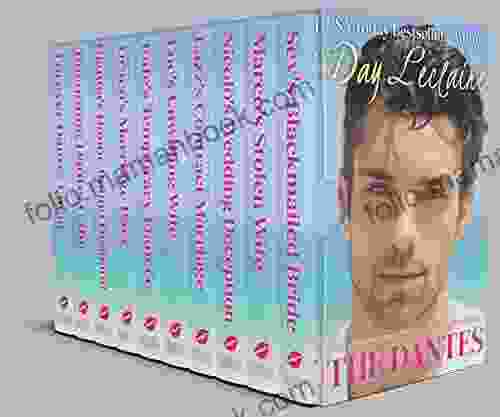
 Patrick Rothfuss
Patrick RothfussThe Dantes: An 11-Family Saga of Billionaires, Soulmates,...
The Dantes is an epic family saga that follows...
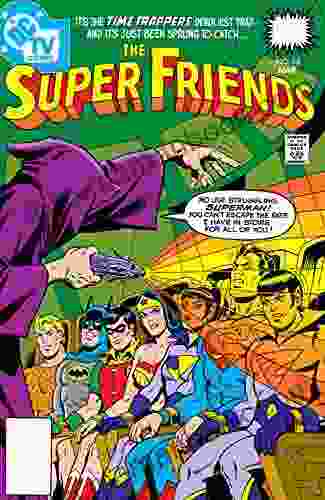
 Dylan Mitchell
Dylan MitchellSuper Friends: The Animated Adventures That Defined a...
In the vibrant landscape of American...

 Jamal Blair
Jamal BlairCollege For Students With Disabilities: We Do Belong
College can be a...
5 out of 5
| Language | : | English |
| File size | : | 7386 KB |
| Screen Reader | : | Supported |
| Print length | : | 56 pages |


